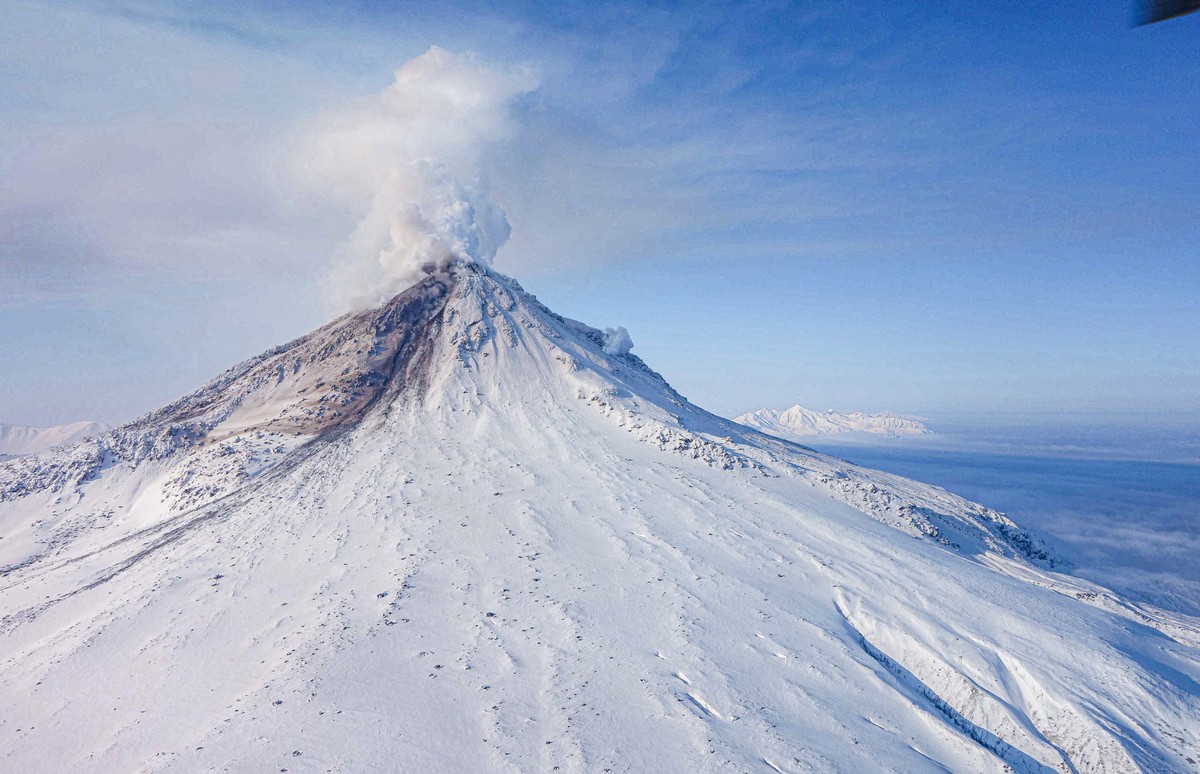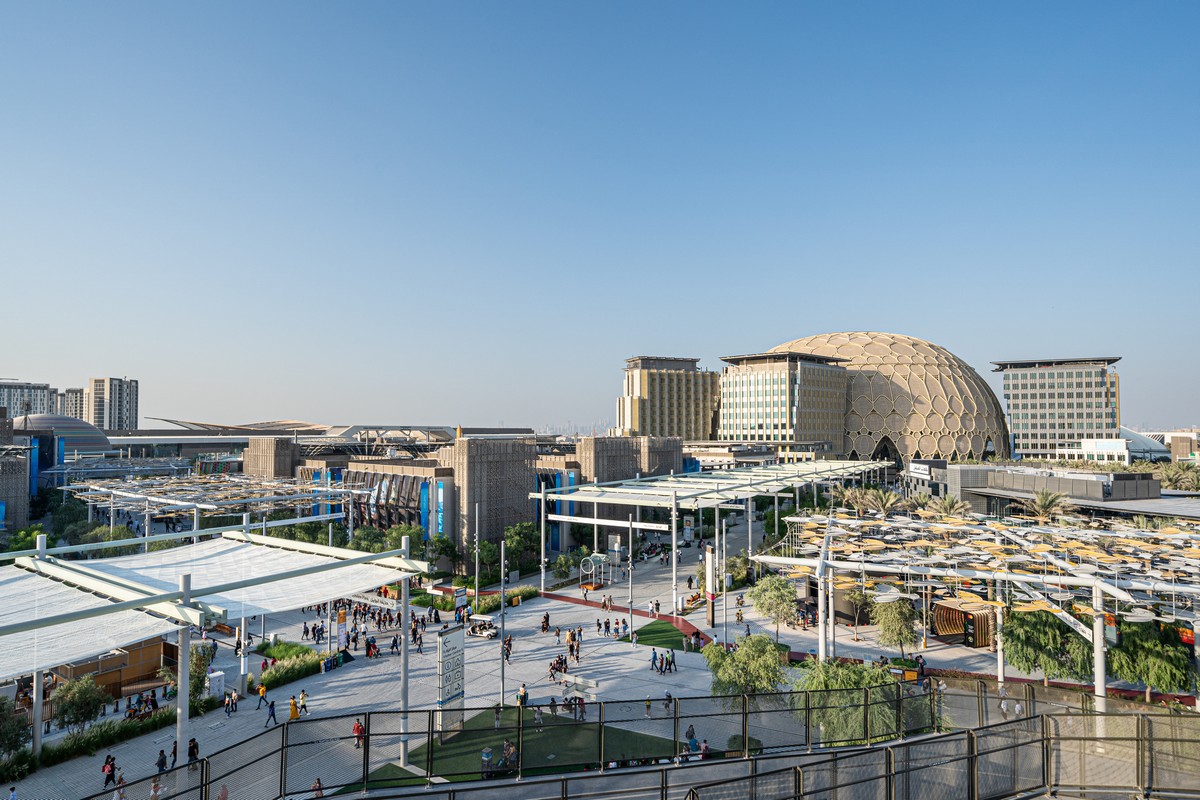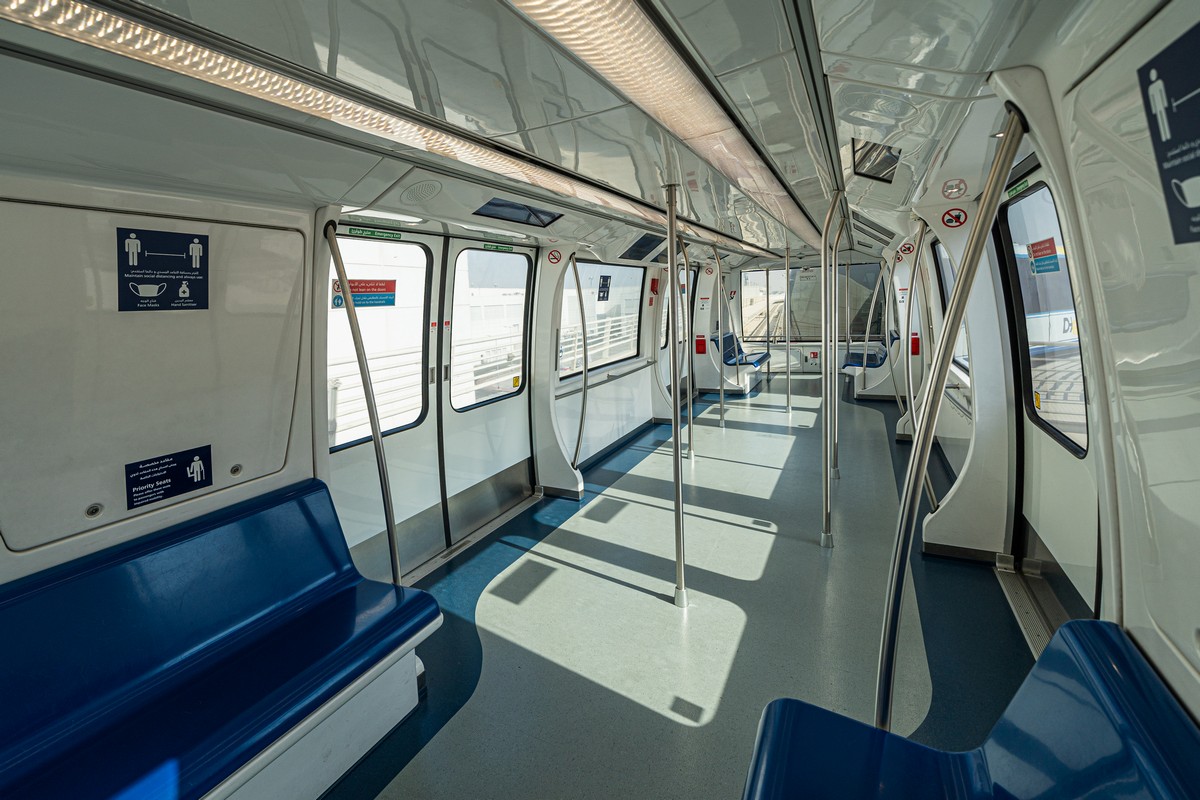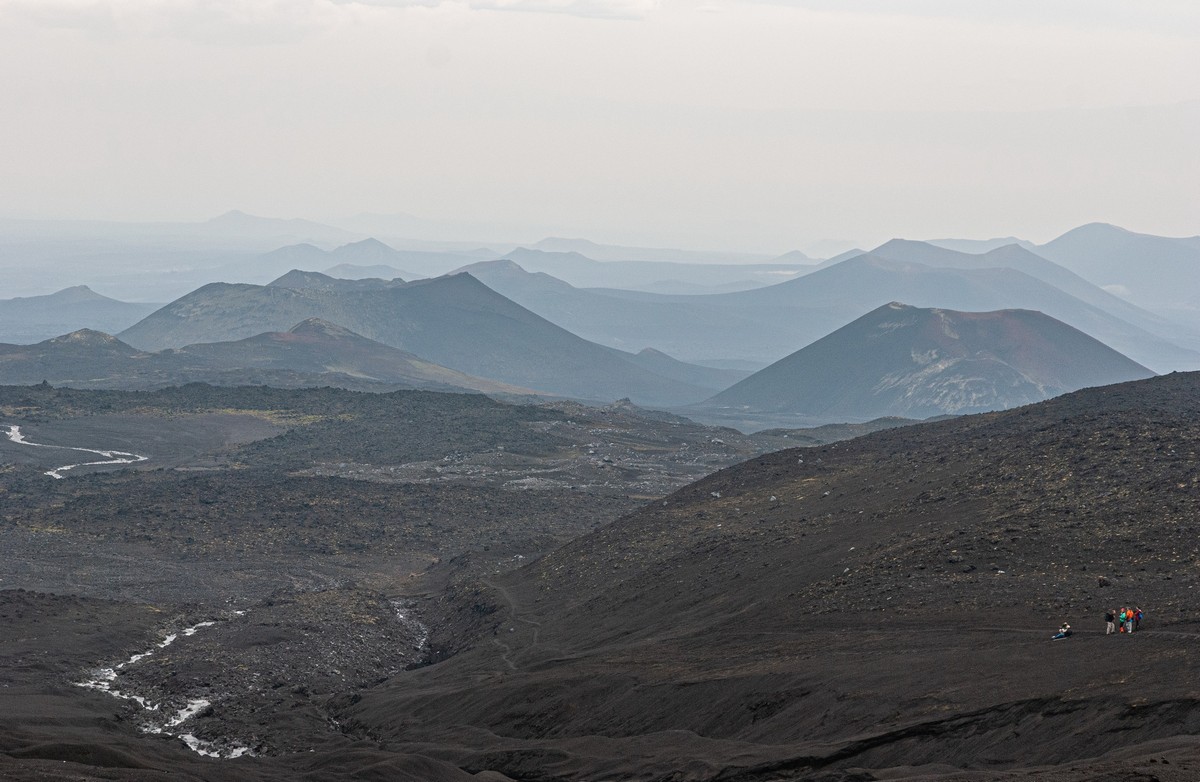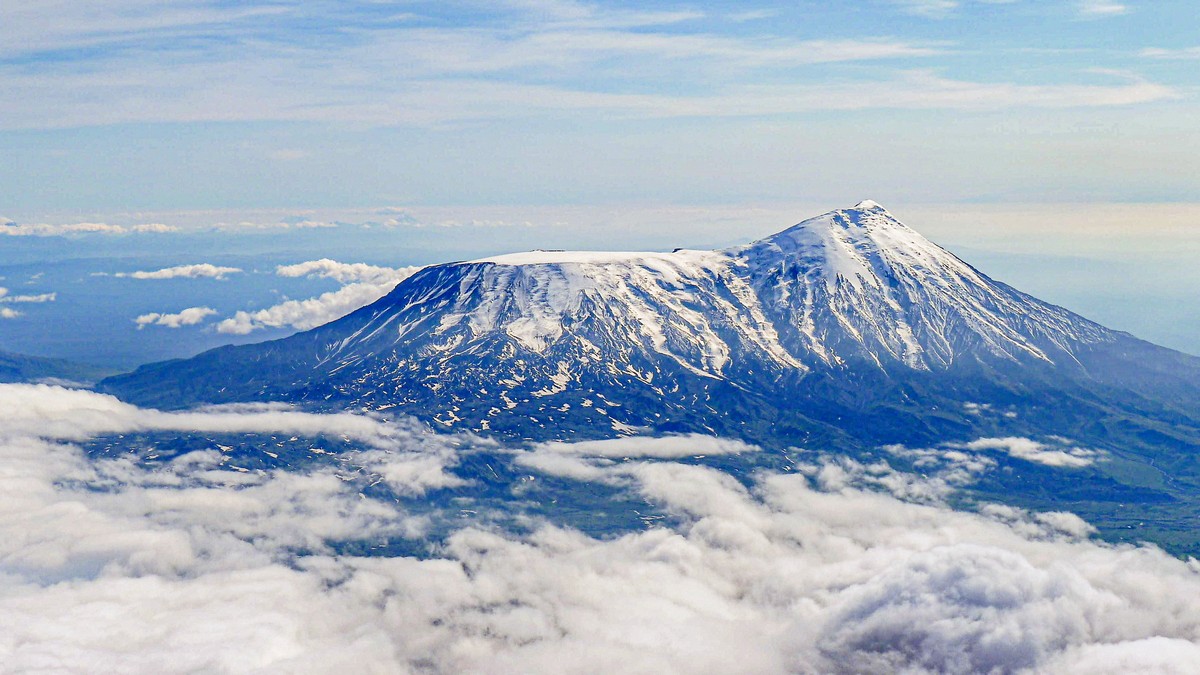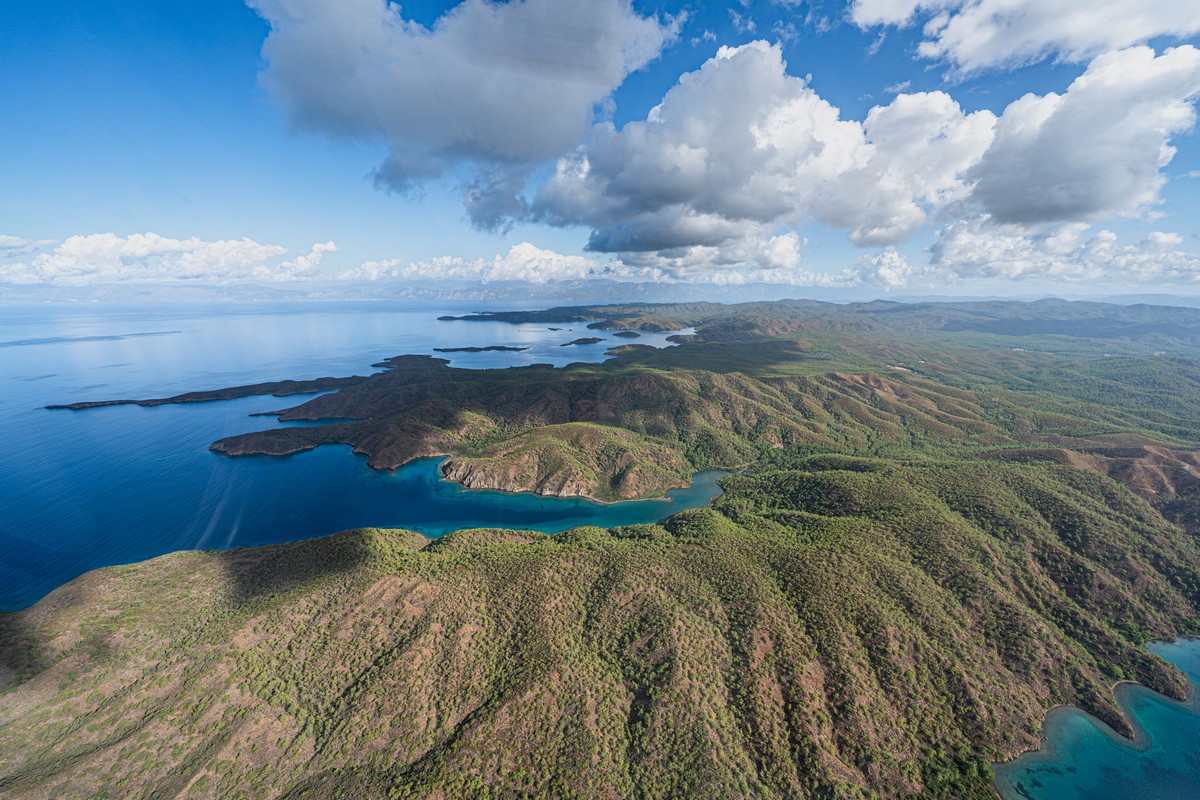I’ll cut straight to the chase: herewith, a commentary on life today in international hub-airports, where there were always crowds of travelers rushing about here and there: many – tourists, some folks on business (like me), some going to another country in the hope of finding better work, others perhaps almost by mistake buying tickers to fly off somewhere – anywhere (not a strategy that should be laughed at – only the brave may even consider it, and who says it’s not the ‘right’ strategy re where one lives, stays, or migrates to or from around the globe?).
Wait… what was all that? And all in one long sentence too? And all I wanted to do was upload a few photos ).
All righty. What I’m getting round to saying in a very long-winded way here is that, last week, I ‘tested’ a full three international airline hubs personally (plus Moscow’s Sheremetyevo, which is also a hub, about which I can tell a great many tales. Maybe I’ll get round to that one day?)…
So. Airports…
First impressions: dismal.
London’s Heathrow Airport seemed to be up and running as per its usual busy self, but maybe I didn’t look round well enough.
Copenhagen Airport was also lively as a hub should be, or at least certainly getting there.
But my real astonishment came while waiting for a connecting flight in Paris’s Charles de Gaulle Airport…
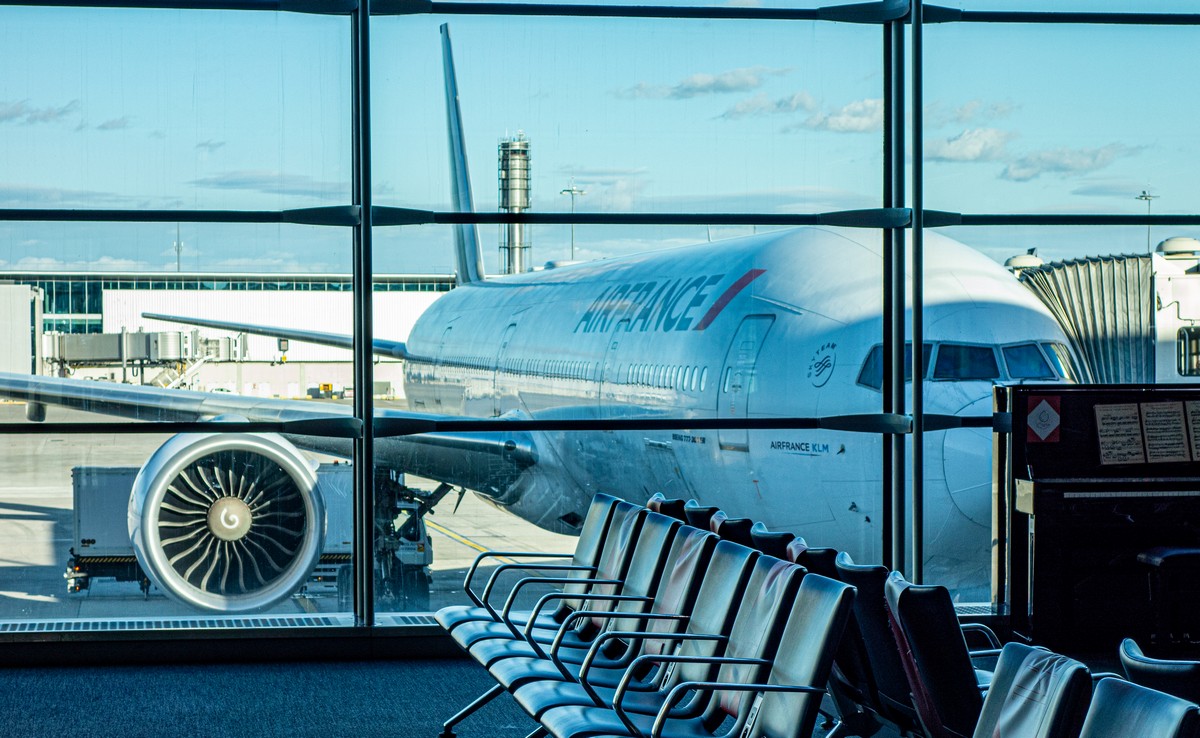
Read on…>
